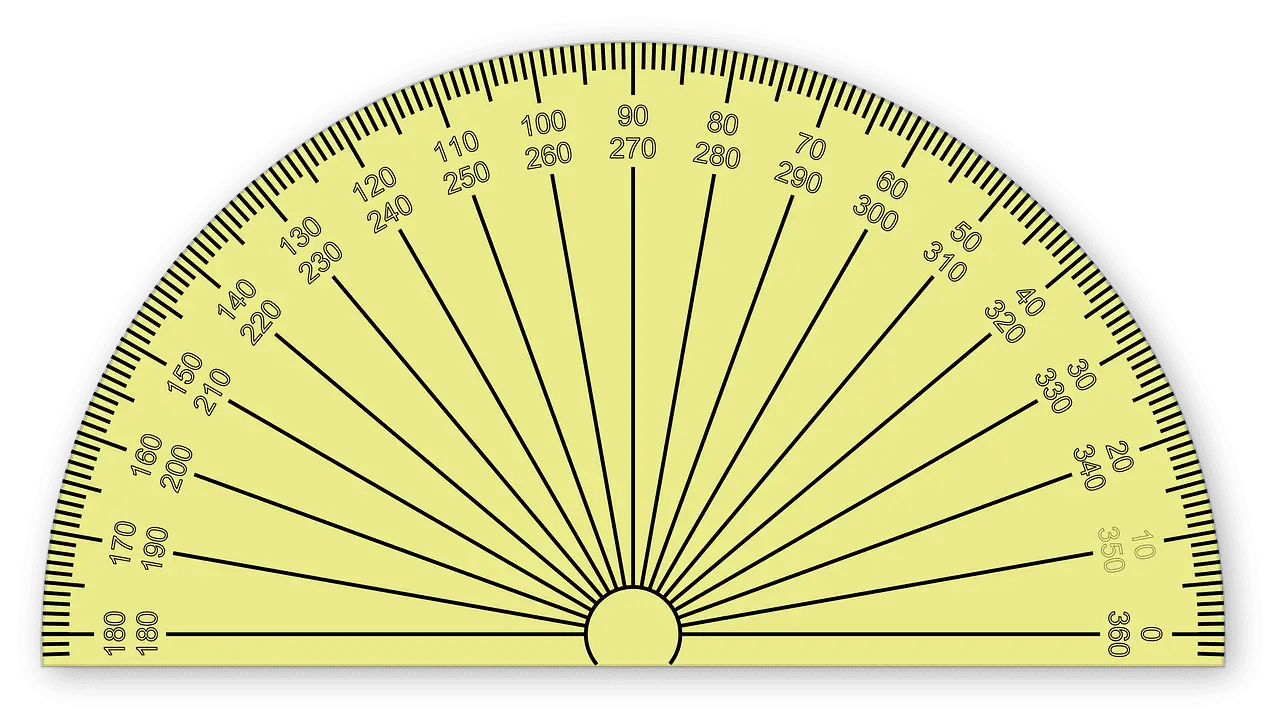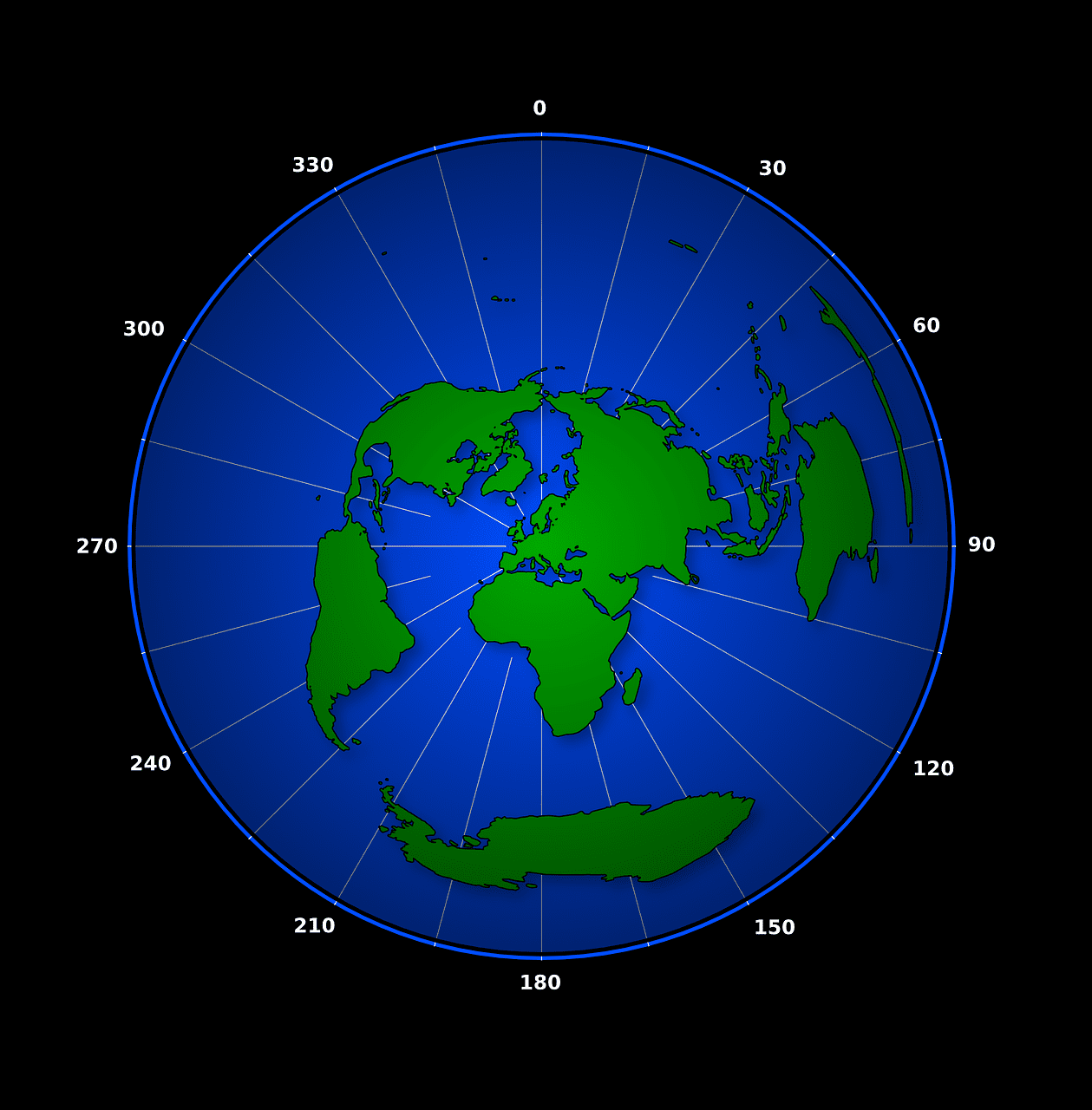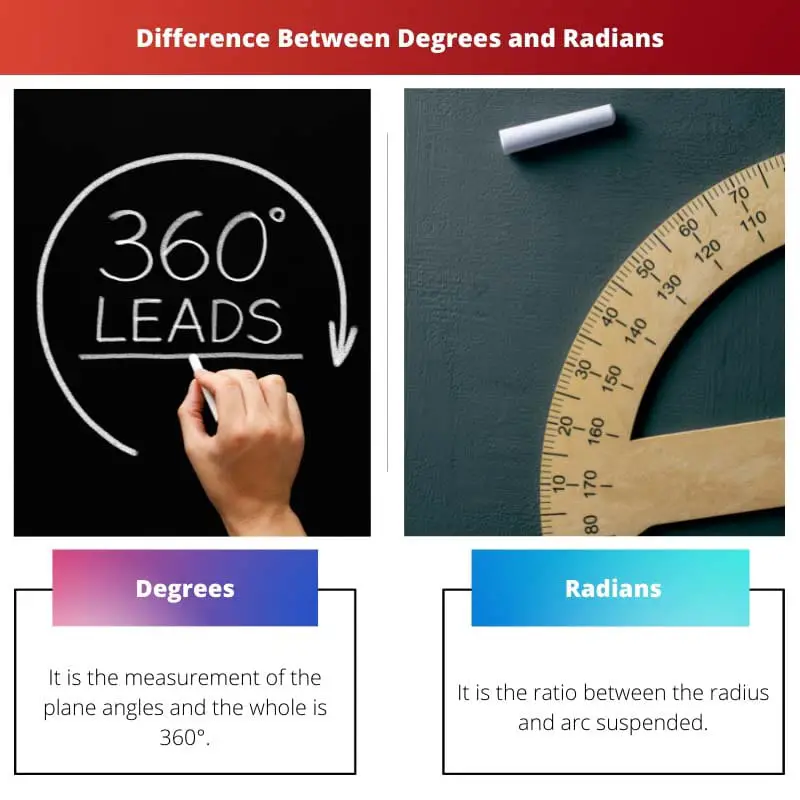The two most common units of measuring angles are degrees and radians. Both the units are interconvertible and have their own domain where they can be used.
Key Takeaways
- Degrees and radians are both units of measurement for angles.
- Degrees are based on dividing a circle into 360 equal parts, while radians are based on dividing a circle into 2π equal parts.
- Radians are used in more advanced mathematics or physics, while degrees are more commonly used in everyday situations.
Degrees vs Radians
Degrees is the measurement of the plane angles, and the whole is 360 degrees, but it is almost equal to pie or 180. It depends on the rotation of the sun. Radians can be defined as radius and arc suspended, and they consist of up to one-sixth of a circle, which is up to 57 degrees.

The measurement of plane angles whose full rotation is said to be 360o is known as degrees. It is considered to be the SI-accepted unit due to its faults while measuring angles.
It is defined as the ratio and is therefore considered dimensionless. It is represented by rad and mathematically is given by dividing the length of the arc by the length of the radius.
Comparison Table
| Parameters of Comparison | Degree | Radian |
|---|---|---|
| Definition | It is the measurement of the plane angles and the whole is 360o | It is the ratio between the radius and arc suspended |
| SI acceptance | Although not being the SI unit, it is still said to be accepted | It was supplementary before 1995 but now is known to be a derived unit. |
| Bigger unit | The degree is almost equal to pie/180 and is comparatively very small. | The unit is bigger in comparison and is almost ⅙ of a circle which is almost 57 degrees. |
| Physical representation | It is defined as the amount of the head tilt. | It is measured by the use of actual distance travelled. |
| Reliability | It is quite unreliable because of its dependency on the rotation of the Sun. | It is far more reliable since it uses equations to find out the angle. |
| Usage of the units | In daily life, we prefer to use degrees as a form of representing the angles as it is easy to understand | In most of the calculations that are done, it is used to get an answer that is more precise and apt. |
What is Degree?
A degree is the most common unit used to express the measurement of angles and is based on the rotation of the Sun. It is used in daily life for reporting the angles and also at places where the calculation can have some round-ups.
Originally it was used because it was comparable to the number of days in the year and many scientists also at that point reported that the Sun moves a degree each day on the elliptical orbit.
Another theory for choosing the number 360 was that it had 24 divisors and was divisible by all numbers in 1-10 except 7 and the number of divisors helped in dividing the world into 24 time zones, which developed the 24 hour time system and also helped in situating the time zones almost 150 to the longitudes.
The degree is a very small unit and can be used directly, but it can also be used in the form of 45.999o or the DMS notation can be used in which it is said that 1 degree is equal to 60 arc minutes which further is 60 arcseconds.

What is Radian?
Radian is a ratio and is said to be the angle subtended on the circle by the radius with the same length. In simpler terms, it is defined as a ratio between the displacement length of the arc and the radius.
titha =s/r
The unit is the SI unit and was accepted after 1995 as a derived unit because, before that, it was treated as a supplementary unit. It is said to be a pure number because of the fact that it is a ratio, and it can never be imaginary.
Mathematically, a radian is equal to one, and therefore, most of the time, the representation that is radian is omitted, and at all places where an angle is mentioned without any units, it is assumed to be radians, and if it is in degrees, the symbol is mentioned.
It is the preferred way of measuring the angles because of its naturalness and the way it can cover a circle in only six parts if it is folded along an arc, and this is true for every circle of different radii.

Main Differences Between Degree and Radian
- Degrees are less reliable in some terms because they measure on the basis of the rotation of the Sun. In comparison to this, Radian uses mathematical formulae and equations for the determination of the angles.
- Degrees are used in daily life as well as non-complex calculations as it is easy to represent and determine, whereas radians are used in complex equations due to their precision.


I don’t think degrees are that unreliable though. They have their uses.
Yes, especially in everyday life, degrees are used often.
I enjoyed learning about the naturalness and precision of radians.
I never really thought about the historical perspective for choosing the number 360 for degrees.
It’s interesting how historical decisions can still affect us today.
Not sure the historical perspectives are very relevant but it was an interesting read.
The differences between radians and degrees are clearer now, thank you!
Very informative, indeed.
Yes, it was a very clear explanation of both units.
It’s interesting that the degree measurements are based on the rotation of the sun. I hadn’t thought about it like that before.
A great reminder of how interconnected everything in the world really is.
The historical aspect is fascinating, isn’t it?
I prefer radians, mathematically they just make more sense to me.
I agree, degrees can be quite unreliable in comparison.
Degrees are not always practical, that’s for sure.
This article felt more informative than I was expecting.